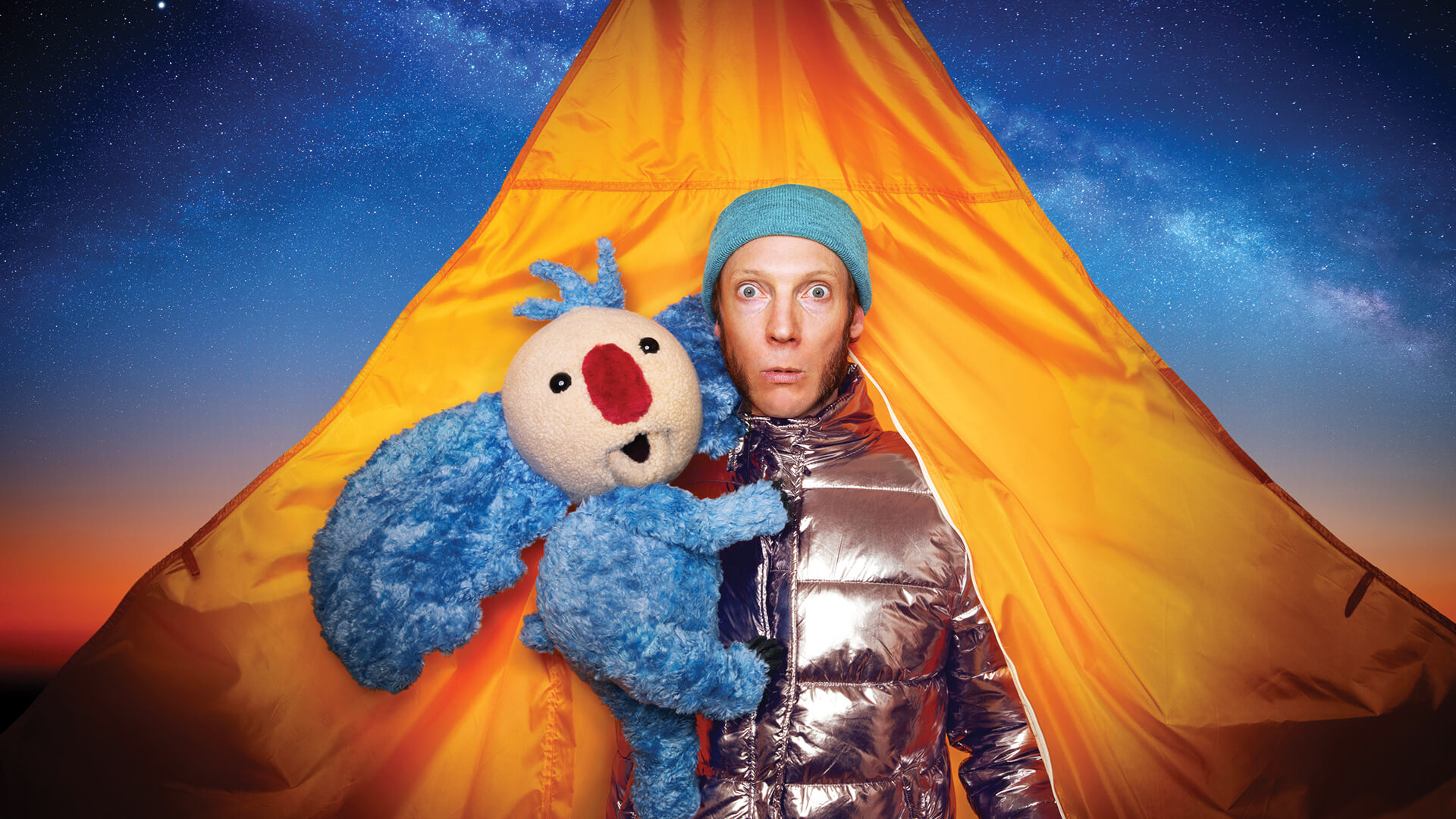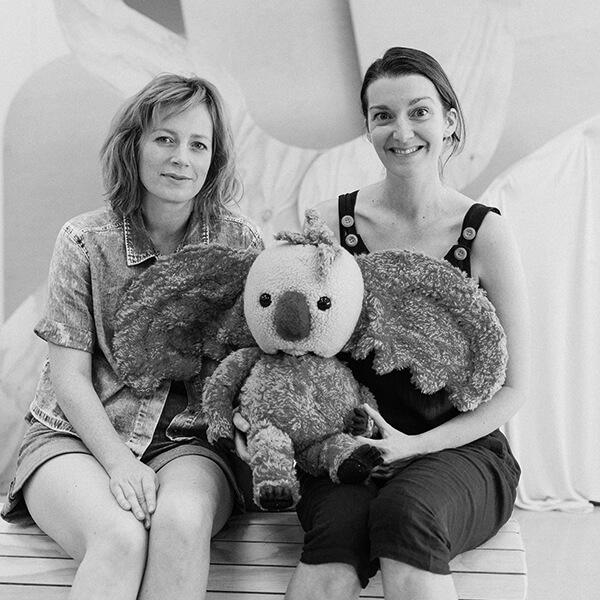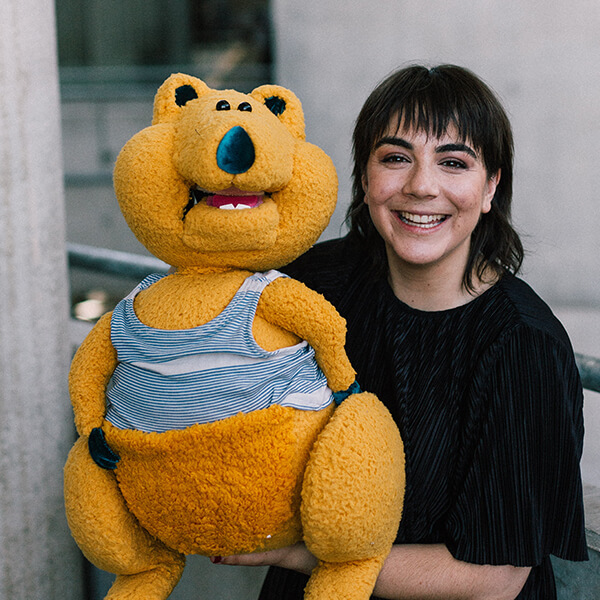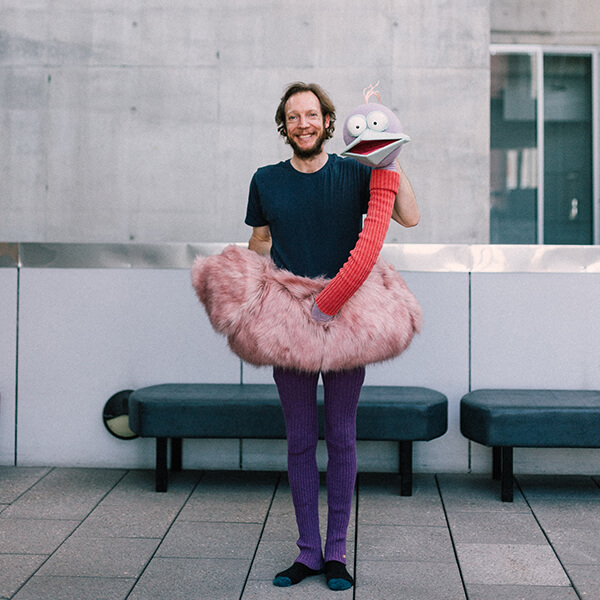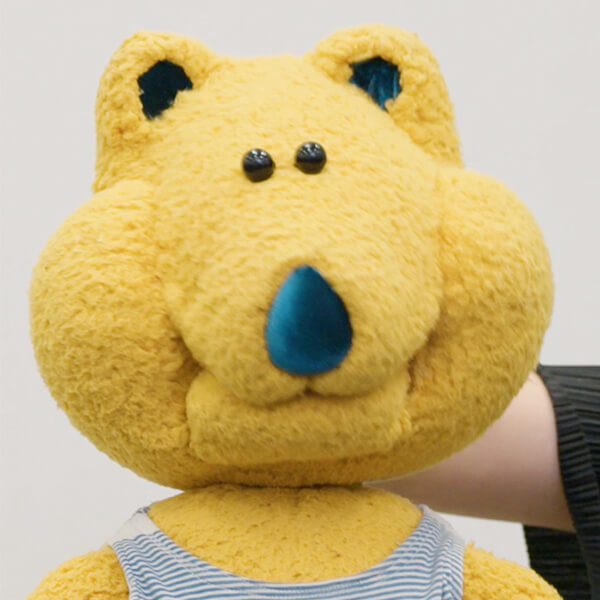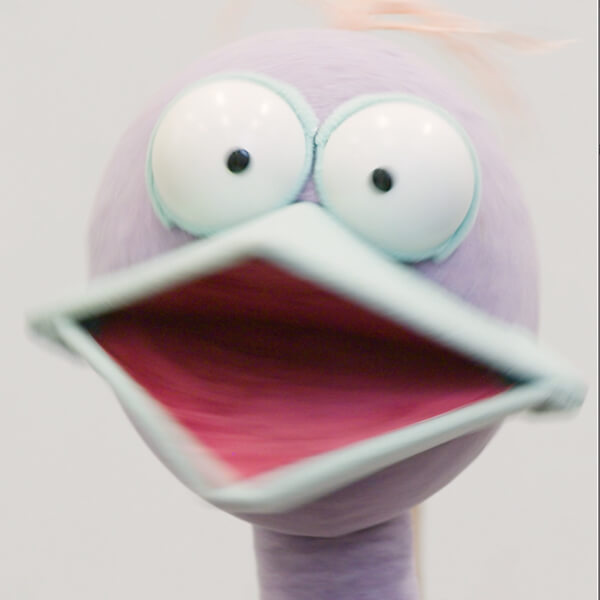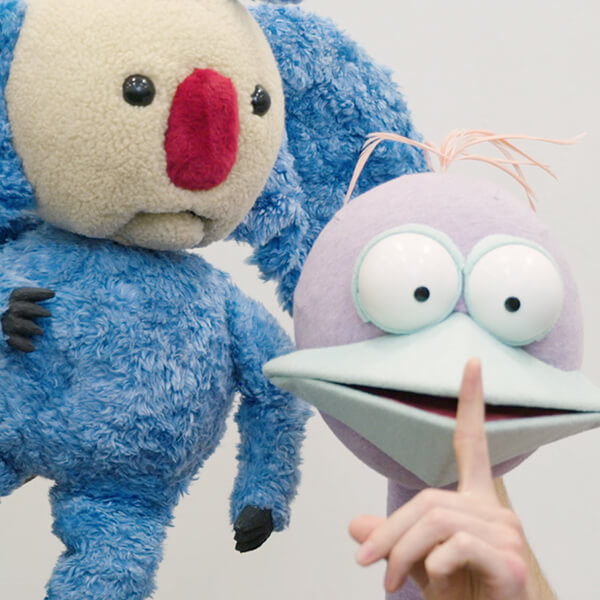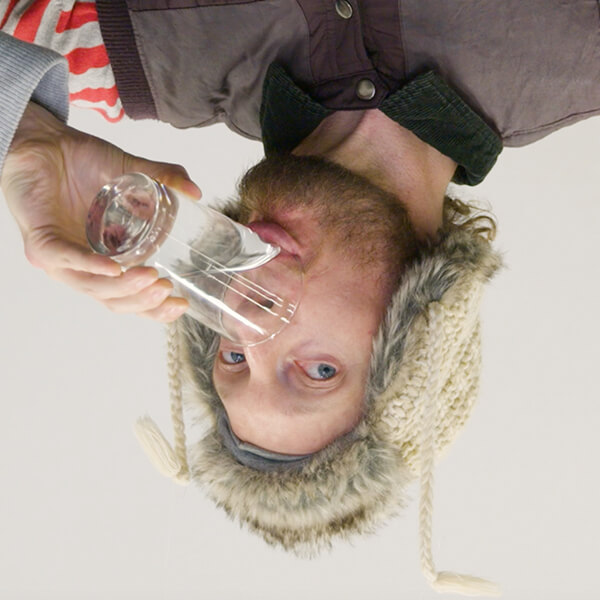Performance literacy and theatre etiquette
Students viewing live theatre can experience feelings of joy, sadness, anger, wonder and empathy. It can engage their imaginations and invite them to make meaning of their world and their place within it. They can consider new possibilities as they immerse themselves in familiar and not so familiar stories.
Watching theatre also helps students understand the language of the theatre. It is part of the holistic approach to developing student literacy. They learn to ‘read’ the work interpreting the gesture and movement of a performer; deconstructing the designers’ deliberate manipulation of colour, symbol and sound; and reflecting on the director’s and playwright’s intended meaning.
While viewing the show, students’ responses can be immediate as they laugh, cry, question and applaud. After the performance, it is also extremely valuable to provide opportunities for discussion, encouraging students to analyse and comprehend how these responses were evoked by the creatives through the manipulation of production elements and expressive skills.
Having a strong knowledge and understanding of theatre terminology will assist students with this process. Therefore, before coming to see Grug and the Rainbow with your students, explore the different roles involved in making a performance happen, from writing, directing and performing, to lighting, projection, set and costume design and construction.
Theatre Etiquette
Visiting the theatre is very exciting. There are some guidelines that students can follow regarding appropriate behaviour in the theatre and during the performance that will allow their visit to be even more memorable. Prior to visiting the theatre prepare students for what they will experience as an audience member using the following questions:
Where can you sit?
- An usher (front of house – FOH) will help you find your seat so you need to follow their directions.
How do you know when the performance begins?
- The lights will dim and/or you might hear a voice-over or sound. That’s your cue that it has begun and it is time to settle and be quiet.
How is going to the theatre different to going to the movies or watching television in your loungeroom?
- Something unique to theatre is that it is ‘live’ and the actors are real. You can hear and see the actors, and they can hear and see you.
What is the relationship between the audience and the performers?
- As the actors can see and hear you, your responses to the performance show your appreciation to the actors. So, show your enjoyment!
Final points to remember:
- turn off your mobile phone (even the vibration of a phone or lit screen is distracting);
- avoid eating in the theatre and rustling paper;
- cover coughs and sneezes;
- don’t film or photograph the performance due to intellectual ownership.
